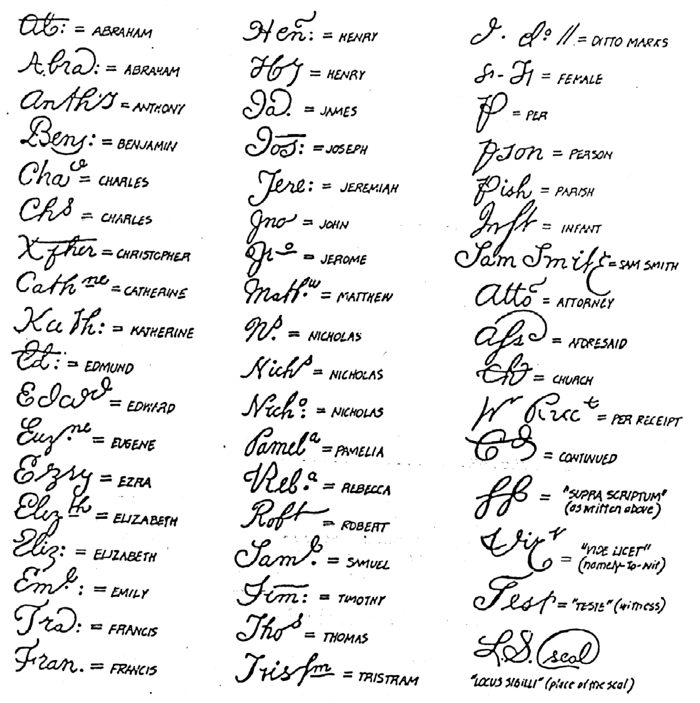
During that first summer of filing negatives, St. Clair Wright hired her to research historical photographs of Annapolis under an NEA grant. As part of the project, Mame hung out at the old Hall of Records and got to know Phoebe and a young new whippersnapper on the staff named Ed, who helped her get her own grant, from NEH. This resulted in the Mame Warren Collection of Historic Photographs of Annapolis, as well as her first book, The Train's Done Been and Gone.
With the publication of her first book, Mame thought her life's work had been achieved, and moved to Lexington Virginia to be with friends in a "planned community" (i.e. hippie commune). After several years of working in the George C. Marshall Research Library and selling insulation, Mame came back to Annapolis to do a book on the U.S. Naval Academy for the Naval Institute Press and a second edition of Train. The resulting Everybody Works But John Paul Jones, was followed shortly by Maryland Time Exposures for the Johns Hopkins University Press and a book on Baltimore When She Was What She Used To Be.
By 1986, Mame was a curator at last - Curator of Photographs here at the Archives. While here, she has increased our collection of historic photographs from 2 - 3,000 to well over 100,000, many of which are in the Marion E. Warren Collection which she was responsible for bringing to the Archives. The exhibit, lecture series and catalogue called "The Eye of the Beholder," a retrospective of her father's work was another major accomplishment. Other projects and books which she has completed during her years here have been: the book and exhibit Then Again...Annapolis 1900-1965 and Bringing Back the Bay.
In addition to all this, Mame found time to marry Henry Harris and take care of their beloved, very high-maintenance Weimaraner, Gemma. Her distinguished career here in Annapolis has now brought her almost full circle back to her friends and beautiful Stoney Foot Farm at the foot of Jump Mountain near Lexington, where she is soon to begin work at Washington & Lee University. Her job there, preparing a commemorative book for their 250th anniversary, will challenge both her historical photographic research and oral history skills. She will be missed, and we wish her well.
REFERENCE REPORT
by Pat Melville
Research interests varied considerably in September. Religious studies included Pulletts United Methodist Church in Whaleysville and Maryland Quakers in the 17th century. Education topics involved schools in Garrett County and Anne Arundel Community College. Local research projects concerned Greenbelt, Eastport, Annapolis in the 17th century, and Prince George's County.
Economic studies included George Mason's land holdings in Maryland, black oyster shuckers in Maryland, colonial agricultural activities, and German immigrants and merchants in the mid-l8th century. Other topics involved the early history of the Maryland Academy of Science, oldest law office on Lawyers Row in Ellicott City, Civilian Conservation Corps camps, baseball, Turkey Flight (or Farm) Plantation in Beltsville, and World War II monuments.
One researcher was looking for his "dead relatives." Another was investigating William Paca's trial "hystory."
Contrary to the usual pattern in September activity in the search room remained at a high level, especially with the circulation of records, which rose 25.1% over last year, 10,854 compared to 8679. Leading the increase was the use of library books, up 37.8%, 1374 compared to 997. Circulation of original materials climbed 31.2%, 3054 compared to 2327. Film usage rose 20 %, 6426 compared to 5355. The total number of researchers showed only a modest increase of 3.7%, 1325 compared to 1278. Returning patrons rose 8.8%, 962 compared to 884. New researchers declined 7.9%, 363 compared to 394. In 1995 each patron used an average of 8 records, and in 1994 the average was 7.
Photoduplication orders from the search room decreased in September by 23.8%, $1915.50 compared to $2513.20 last year. As expected with the continued popularity of the new machines, reader printer income jumped 224.4%, $1328.50 compared to $409.50.
An ever increasing number of our patrons use the phone to take care of their reference needs. In September staff handled 1201 calls, with a daily average of 60. Last year the total was 981 and the average 47. A record setting 95 calls were taken on the 12th. Will 100 be reached before long?
FEE SCHEDULE & SHIPPING INFORMATION
As a refresher for readers of this newsletter, here is a link to the Archives' fee schedule and shipping information on our Web site.
HANDWRITING IN COLONIAL MARYLAND
by Pat Melville
Ray Ringgold, a reference volunteer, found the following helpful article about handwriting in The Illuminator, Quarterly Newsletter of the Zion Genealogical Society, Vol. 10, No. 2, 1994.
Reading old handwriting can be a real problem when it's in a foreign language, but it can be just as much a problem in English, especially if you're not aware of changes in handwriting and styles over the years. Many words, for instance, were abbreviated by deleting a letter or all but the first and last letters of a word; even names were shortened this way. In Colonial America this deletion was common in letters and documents and was usually indicated by a horizontal line written above or through the word. Some of your handwriting problems may require you to find some old penmanship manuals in the library (interesting browsing, actually, whether you need them or not), but here are examples of a few of the more common abbreviations and symbols.

|
Tell Us What You Think About the Maryland State Archives Website!
|